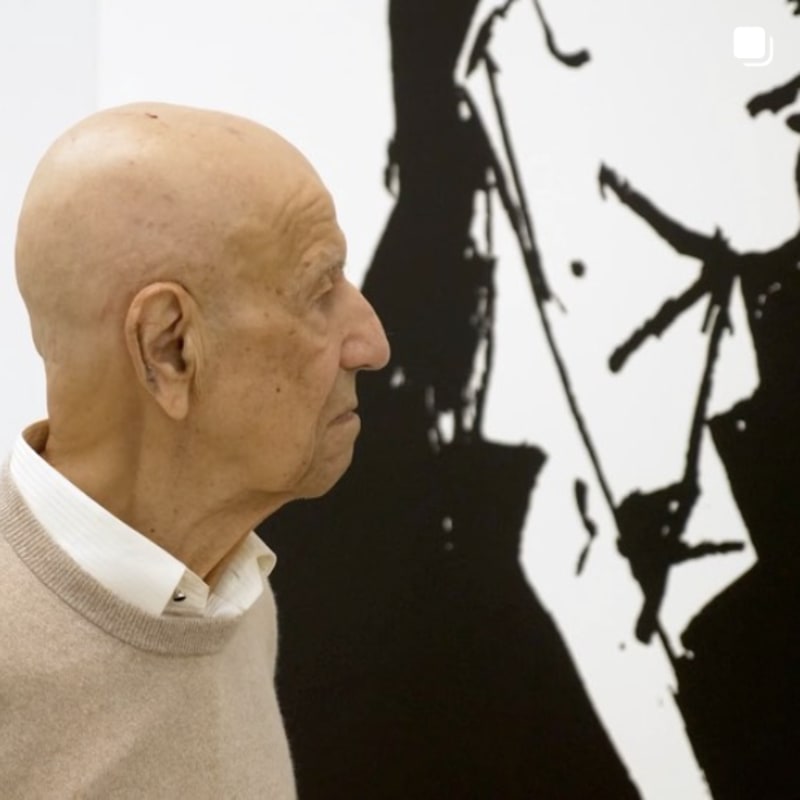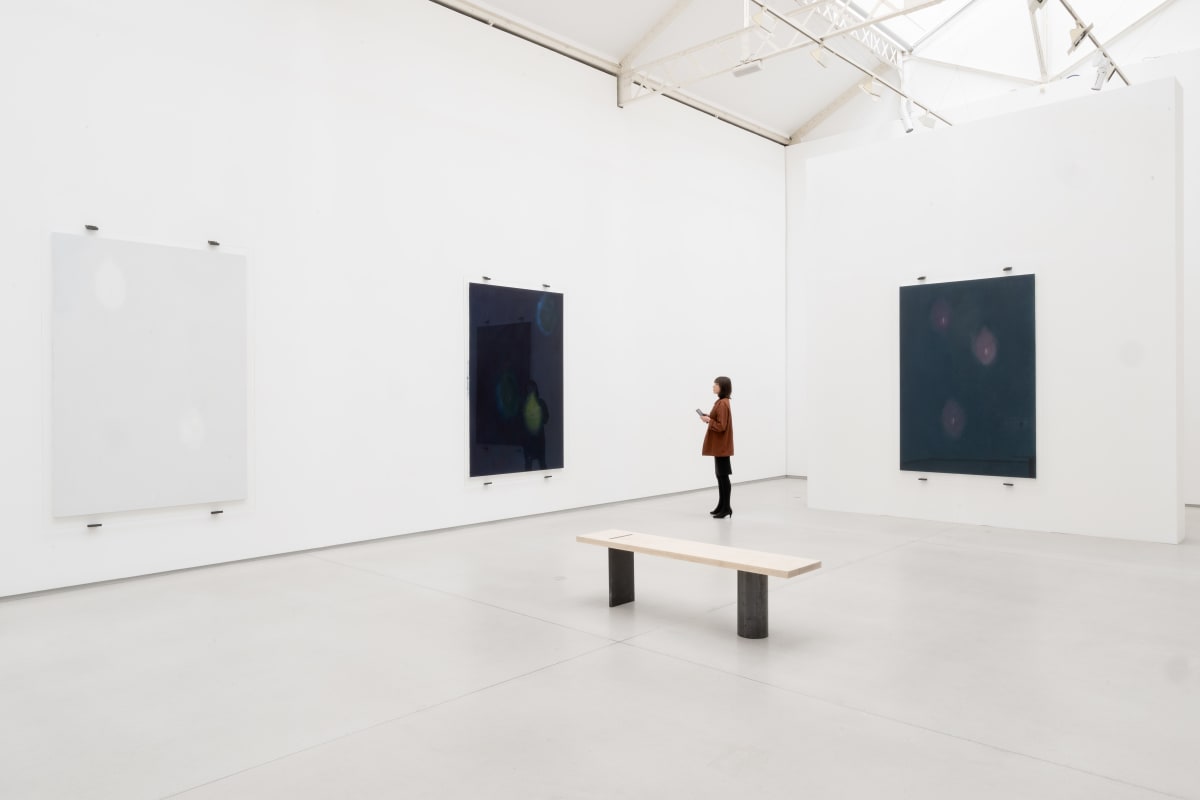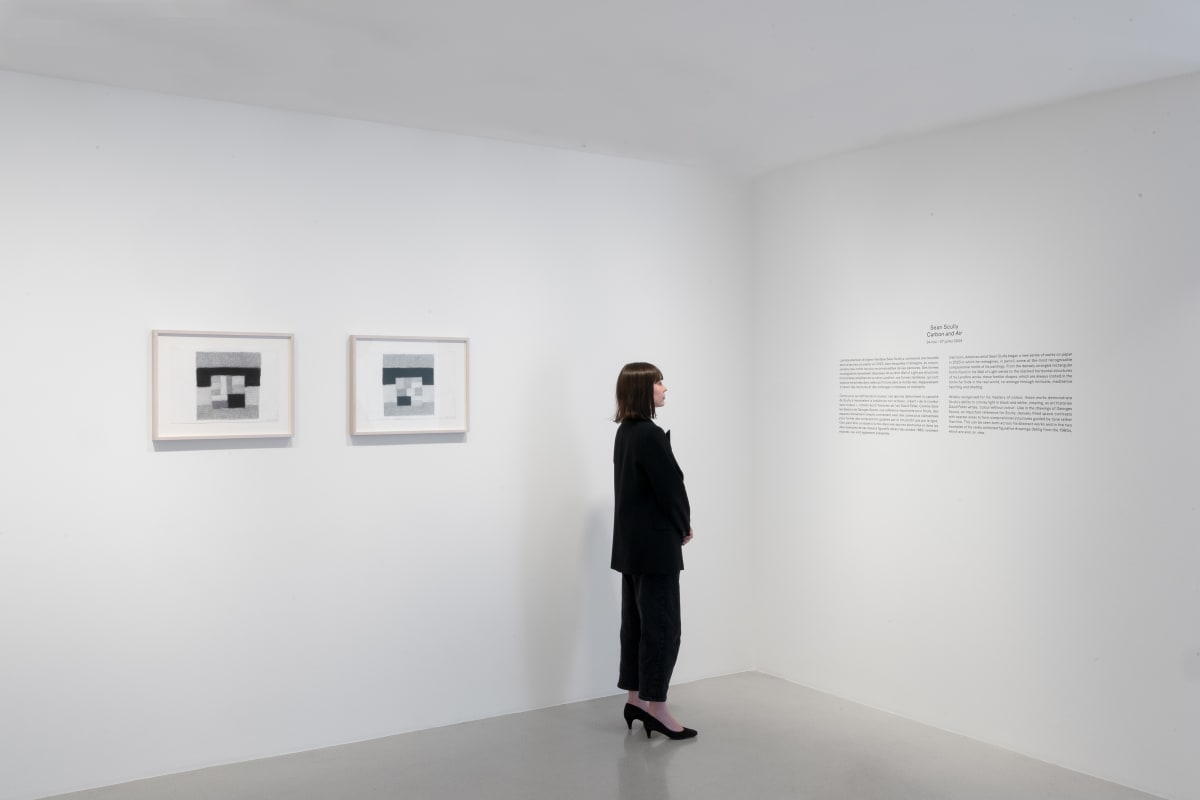Martha Jungwirth's perspective on the world Interview by Vogue Korea
Martha Jungwirth, an Austrian female artist in her eighties, uses a canvas as a diary to express daily inspirations and her own worldview. Looking the Goat in the Eye at Thaddaeus Ropac Seoul is the artist's first solo exhibition in Korea, where we can see her work that reveals her ego.
After discovering the title of your exhibition, I went online and looked up goat eyes. I was surprised to learn that the goat's pupils are rectangular rather than circular.
I became interested in the goat after seeing Goya's work, in which the goat, particularly its stomach, frequently represents evil. Also, one day I was listening to the radio and learned about these unique goat pupils, which cause this animal to see the world in a very different way. I thought I had a similar view of the world to the goat because I look at the world from a unique perspective while painting and drawing.
Your work contains your ego quite strongly. You also described that ‘My art is like a diary, seismographic. That is the method of my work. I am completely related to myself. Drawing and painting are a movement that runs through me.'
Even when I look at the same things, I have different feelings every day. So I explained that my painting is a diary in which I keep track of how I'm feeling. In other words, audiences can learn about my life through my work. Personal encounters, travel, political events, and even Greek mythology inspire me frequently, and other artists have recently inspired me greatly, as my work exhibited here was anchored in the work by Goya.
Your work relies heavily on empty space. I mean, every work has a free space in any range, but the promotion you leave out on the ground appears to differ in each work. Where does this distinction come from?
Free space is very important to me. The key to my work is ‘Can the audience read the energy that I put into my work?’. So the proportion of free space varies for each piece because I stop working as long as the viewer can read my energy. However, "energy" here does not mean the "power" that we generally think of, but rather a word to express my mobility in the work. And the reason why I compare my work to a seismograph is that you can read through it how much energy was there when I painted it.













































































































































































